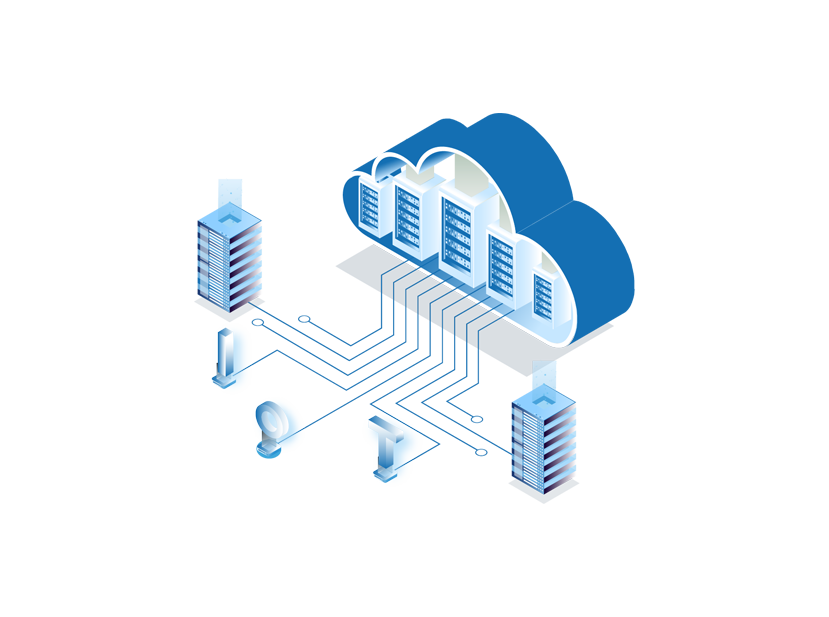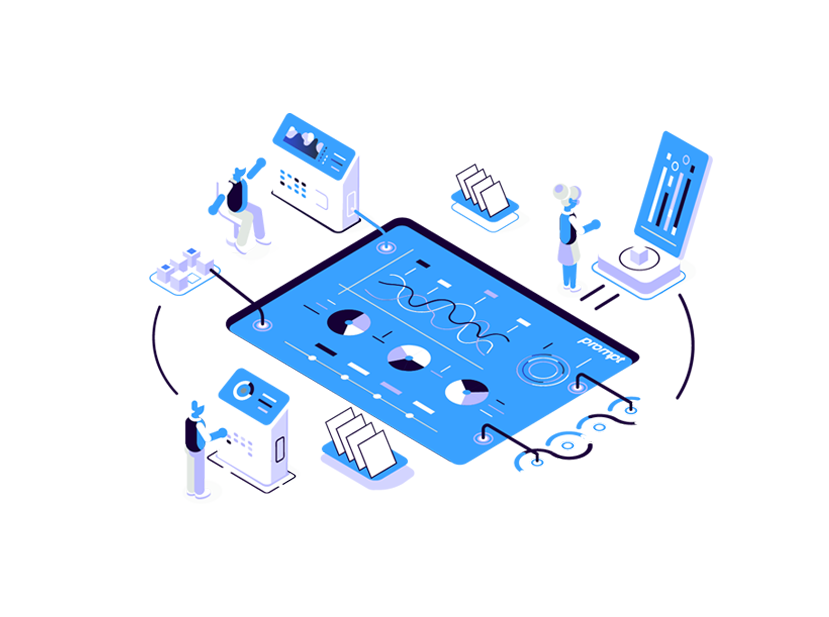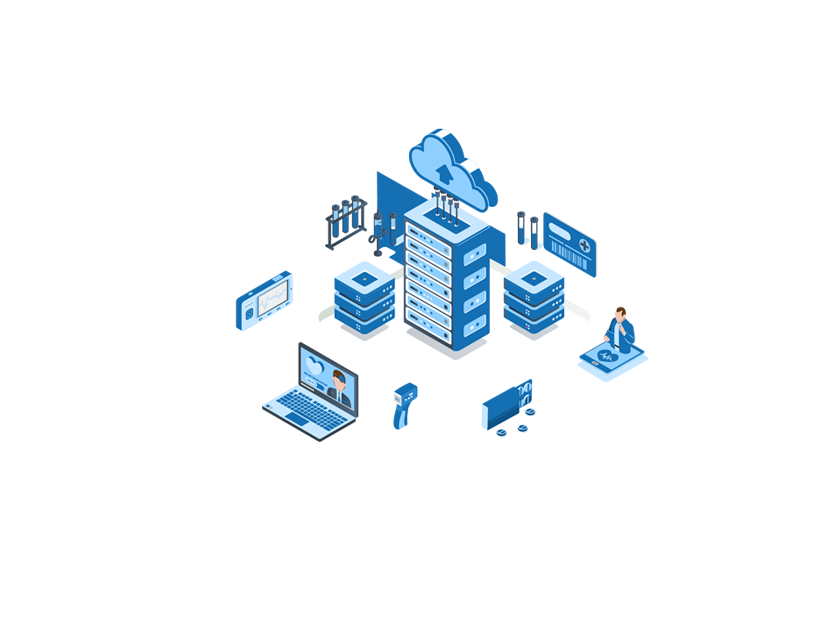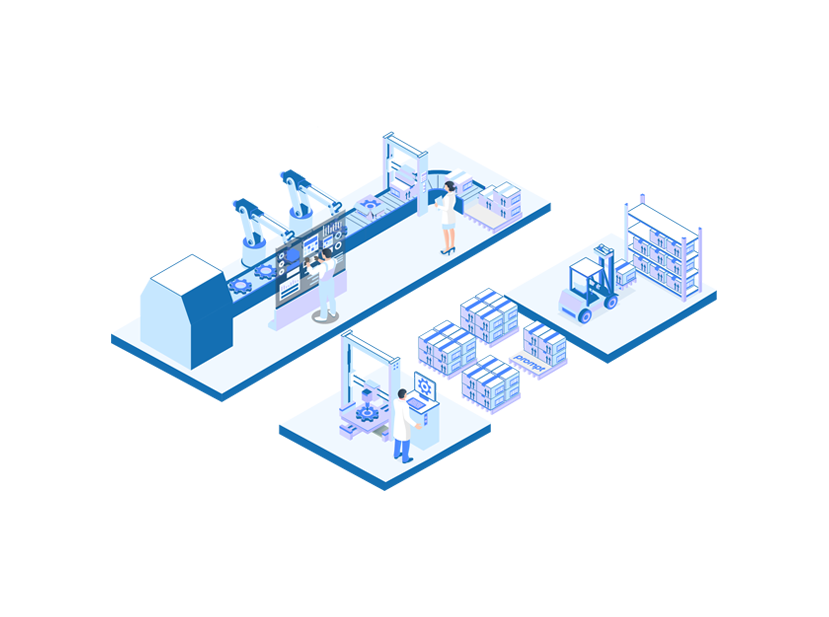Today, a mobile app is no new thing for almost everyone. Crowd using smartphones are well aware of the services and features facilitated by a mobile app. It is obvious that the use of smartphones is increasing day-by-day at a global level. Mobile apps provide smoothness in communication, connectivity and access to a business. It also allows us to take advantage of IoT in the building of smart cities and homes. However, developing a mobile application is a daunting task. The whole development process demands strategic planning and innovative execution for successful app development so that the users love to use it.
Nowadays, every business built its mobile application. It signifies the impact of mobile applications and how it helps in upheaving the company to the next level. Today, in this digital world, the only way to expand the business is through a mobile app.
In this blog, we will find the eight biggest challenges of developing a mobile app for smart devices.
Meeting Demands with UI/UX Design:
The most crucial aspect of developing a mobile app is meeting demands with User Interface and User Experience. Without proper UI/UX, it is nearly impossible to create an appropriate web application. A user-friendly UI/UX helps in alluring more users to the mobile application, ultimately establishing the app’s documentation. App’s documentation is crucial as it lists the app’s primary purpose, devices it will support, and what platform should be chosen to launch and many other related things.
Once all the basic requirements are noted in detail, along with features and functionality, then designers can start their task. UI/UX’s important elements require to develop that facilitates accessibility with a stable surfing experience.
Sometimes business owners overlook UI/UX because of time constraints or unclear requirements or any other reason, but one should understand that underrating UI/UX while developing a mobile app for a smart device can cost a lot. This issue or constraint can be overcome by maintaining precise documentation and clarity on an application’s functions.
Development Technology:
Most of the companies encounter two most common development problems -choosing the most fitting development technology and developing a native, hybrid or Cross-platform mobile application. The decision should be based on the needs of the business as well as users’ preference.
But, getting help from an IoT app development company would be the best choice. Build your company’s app on a flexible platform to make it adaptable and matches the client’s target functionality.
Confirming Adaptability Between Sensors and Networks:
Sensors and networks via which mobile applications communicate are a necessary part of IoT development. Most of the IoT specialists struggle in ascertaining the terminal adaptability between different sensors and various network types. Nowadays, there are many sensor manufacturers and vendors who do not work under similar protocols for an extended period. Thus, you may face a circumstance where two devices are not cooperative and exchange valuable data.
In has been noticed that these challenges are encountered later or at the end of the app development process. So, you must make sure to connect and verify these details with the app development company you have consulted to develop your mobile app.
Validating Hardware Compatibility:
It is tough and complicated to predict the system and performance requirements when the app development process is in the initial phase. Many times, the development teams do not get specific hardware information, and this issue needs a prompt solution to prevent problems emerging with the app functioning later on.
Therefore, some proficient and experienced IoT app development companies focus on choosing the most fitting hardware from the initial stage of development to modify their design or find ways to determine hardware needs.
Maintaining Devices Connection to the Network:
Good connectivity and networking are the most significant aspect while connecting various devices to work within a single app. The device can be joined using one of the classic internet networks (such as LAN or WAN) or any other networks.
As the IoT system and its architecture emerge, the need for a network along with the connected devices raises. Sometimes, the devices exceed the production and coverage of a specific network ultimately producing data processing and exchange problems.
Persistence and Data Flow Management:
Assuring consistency and data flow management while developing a mobile app for smart devices is an essential step. For example, there are devices in a smart home that collects the data and then display it on the user’s devices (phone, smartwatch, tablet etc.) Stable and uniform database connection guarantees for up-to-date data display across all devices at all the time.
Today most of the data that smart devices operate are unorganized, so it creates trouble in storing it in a suitable SQL format.
Optimal Performance:
The performance also plays an essential role in app development. Many successful apps provide a superior customer experience but face difficulty ensuring a world-class app performance. The issues include an application’s functioning without crashes or bugs while utilizing as little space in the device without changing battery life. You need to verify the app should work in the right way. If it provides optimal performance only then, it should be available for users.
App Security:
A security concern is the most annoying one for mobile developers.
For example, malware issues may occur, and software/hardware fragmentation only adds to the distress’ list. Then a lot of effort is required to approach such app security challenge, which wastes a lot of time as well as money.
If proper security standards have not complied, then security lapse can begin to information misuse and manipulation, terrible user experience and limited app choice.
Wind Up
We can conclude that challenges should not be overlooked and should not affect your business app’s performance. It would be best to understand each challenge and take suitable actions to overcome the problem and create a smooth operating app. There are many IoT app development companies to help you in overcoming challenges and surpass the entire issues through their expertise and experience.
If you need to have a mobile app for smart devices, connect to the app development service provider with skilled resources and experience similar projects.









